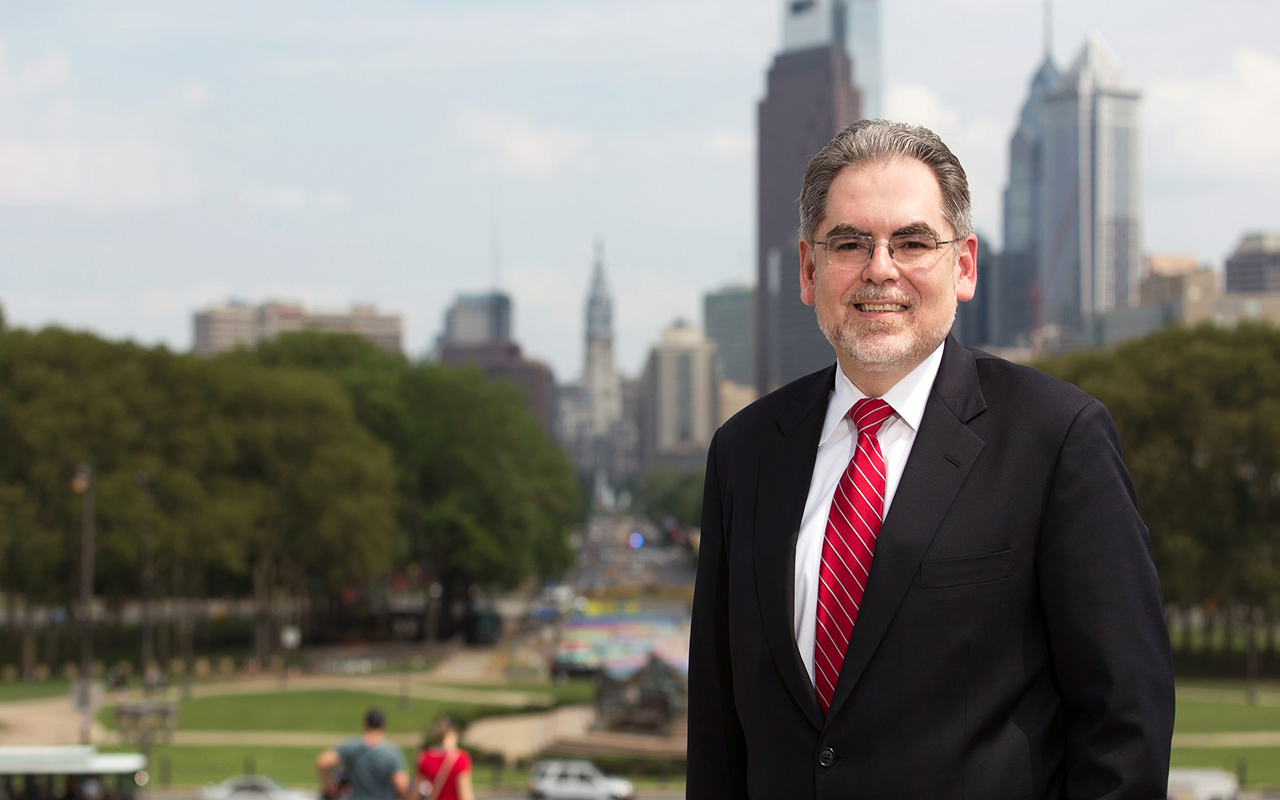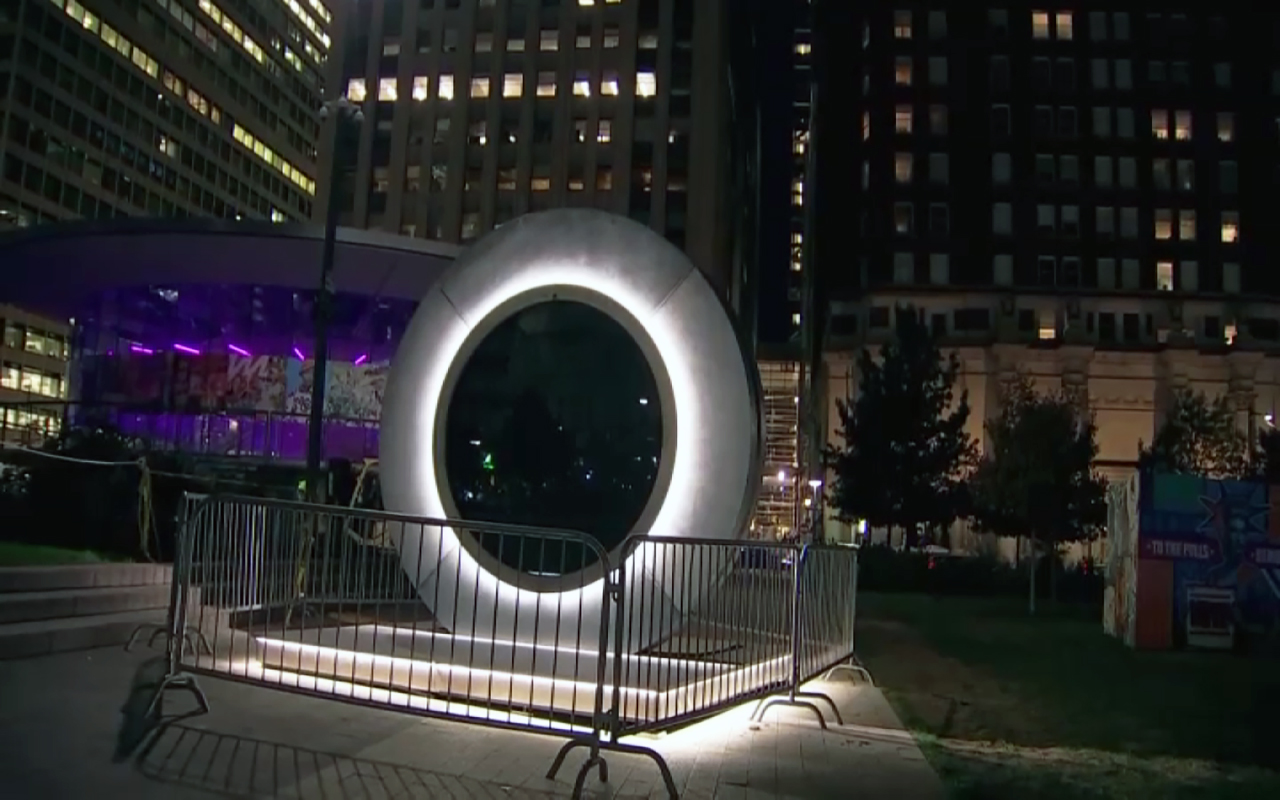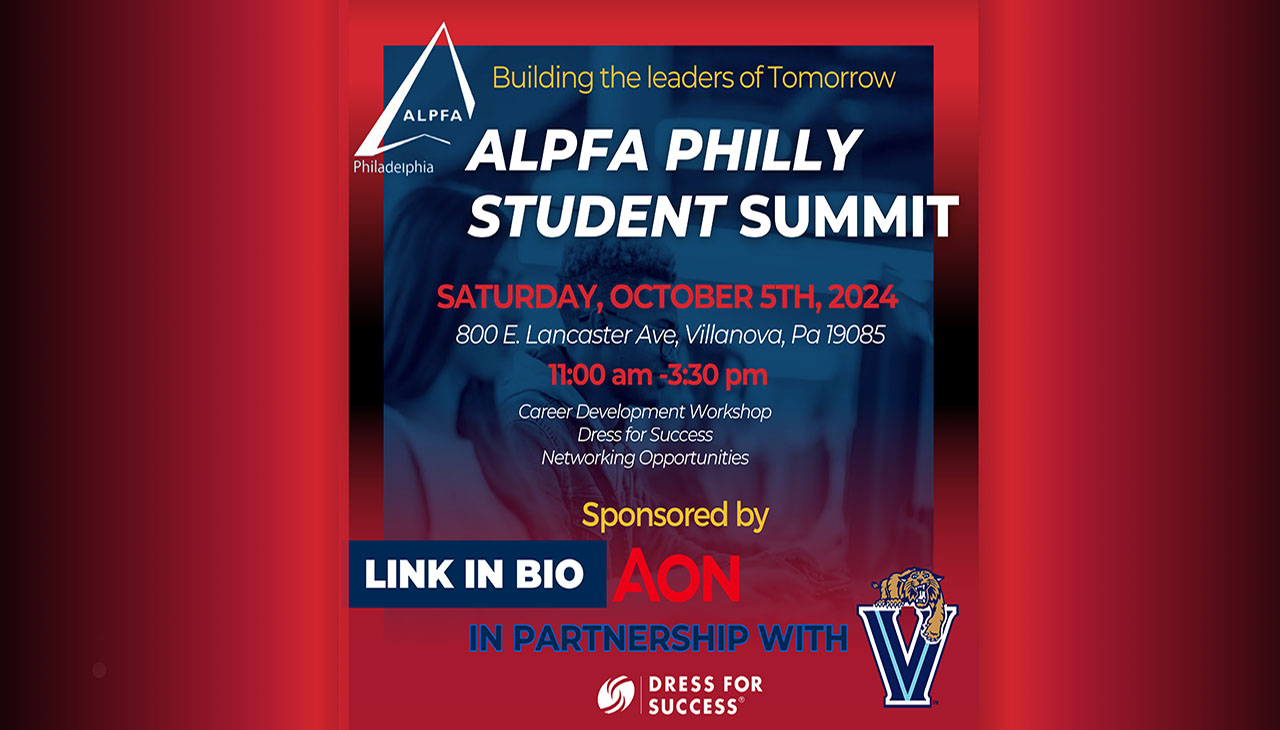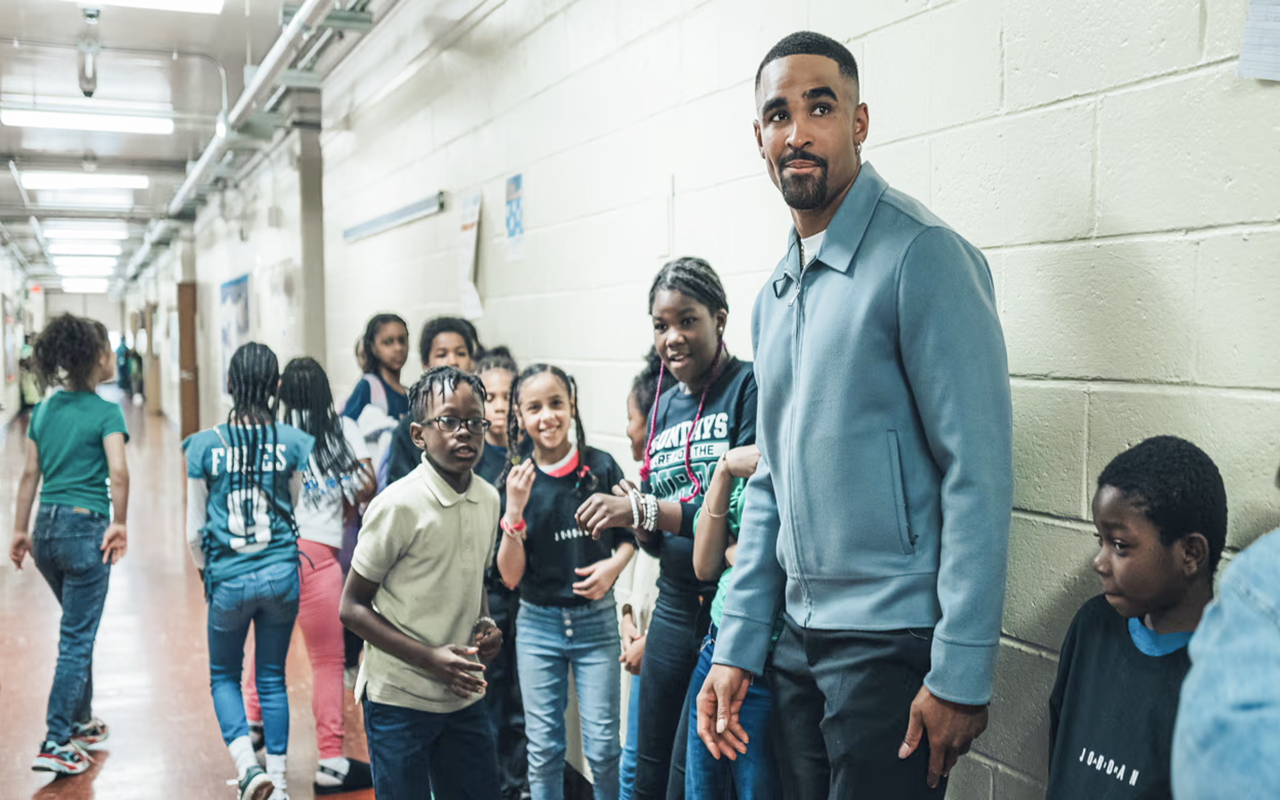Latinas, the welcoming face of Philadelphia
Philly is cool. That’s a fact and totally official.
Philly is cool. That’s a fact and totally official. Just June 1st one of the Huffington Post blogs listed 21 reasons why Philly was the coolest city in the United States. None other than the New York Times had earlier made us number 3 on its list of “52 Places to Go in 2015” and Condé Nast Traveler, one of the world’s travel magazines, named us the second best city in the world for shopping, after Milan (Italy).
Even Democrats have succumbed to the charm of the City of Brotherly Love, set to hold the party’s National Convention here in the summer of 2016, something that had not happened since 2000, when Republicans held theirs here. The Pope, too, will delight the Catholics from the city and across the world with his visit in September, as part of the World Meeting of Families. The event is expected to draw up to 2 million people, making it a truly historic and monumental event.
In 2014, Philadelphia attracted 39.7 million visitors, a figure that has continued to climb since 2009 when a little over 36 million visitors were on record. Every Saturday the city’s hotels have an 88.2 percent occupancy rate, greater than that of fellow industry members in the northeastern region of the country. Philadelphia is only surpassed by New York City, with 90.4 percent occupancy, and our numbers are greater than other large cities such as Boston (84.8 percent) or Washington DC (78.8 percent).
Visits to the city last year had an economic impact of over 10 billion dollars, representing 28.6 million each day; something that also translates into 655 million in benefits for the city, in terms of local and state taxes. The tourism business also provides jobs for more than 92,000 people, many of them Latinos.
Hospitality industry has a significantly greater share of Latino employees than other industry
Though local data is unavailable, we know that the hospitality industry — in other words hotels as well as restaurants or cafes and parks and leisure facilities — has a significantly greater share of Latino employees than other industry. According to data from the U.S. Labor Department, 22.3 percent of those working in hospitality companies were Latinos; which is to say, more than 3 million people.
During the crisis years the economic recession left thousands of Latinos without pay in areas that had historically contained a broad Latino labor force, such as the construction industry. This, however, did not occur with the tourism-centered businesses; they did not stop hiring despite the unfavorable financial situation. The hospitality industry is also one of the industries with the largest percentage of undocumented immigrants. According to the Pew Research Center, in 2012, 22 percent of those working in the hospitality and leisure industries were not authorized to do so.
But, the Latino profile in the U.S. hospitality service industry is also quite different than in other industries: it is majority female (53 percent) while Latinas comprise only 41 percent of the workforce the overall. One of those Latinas in the hospitality business is Natalie Pineda, general manager of Red Owl Tavern, the restaurant of the iconic Monaco Hotel located just steps away from the Liberty Bell and Independence Hall.
"I am no less than anyone just because I’m Latina and a woman"
“I am no less than anyone just because I’m Latina and a woman,” the Boston-born Latina woman of Colombian heritage said. “My parents were very hard workers, and I learned the value of a dollar ‘with the sweat from my own forehead,” as my father would say.” Pineda acknowledged that the education she had received as a Latina had been “very different.” “The Latino immigrant culture in this country is that of someone for whom nothing has been easy, or free, and who has had to work and work hard.”
In her opinion, being a Latina is an asset: “I have a work ethic that no one can ever touch. We Latinos are the backbone of the restaurant industry in the U.S.,” she said, then added that everywhere she has worked, she has done so with her fellow Latinos. “Whether in a Chinese restaurant or at Parc, which was French … there is always a Latino in the kitchen,” she said.
Pineda came to work in Philly in 2008, but the restaurant business is something she carries with her from way back — her father was a restaurateur in Boston.
“And one day, the restaurant bug bit me,” she said. Though she began working in Budakkan, an Asian restaurant from the STARR Restaurant group, for the past few years her professional career has been tied to her Latinidad. She opened El Rey and also spent some time at Alma de Cuba, which she says she loved “because it was a bit Latino — I loved the suckling pig, it was something like my mother’s food.” It compensated for the lack of places where she could enjoy “real Colombian food” in Philadelphia, she said. “I have not been able to find a Colombian community here, like there is in Boston .and I miss the empanadas, the arepas….”
For Pineda, the food scene is undoubtedly part of the Philly’s success. “It is now more than STARR Restaurants and José Garcés. It is Marc Vetri, Nick Elmi of Laurel… there are chefs doing incredible things here.” Which, she thinks, attacts a lot of people to the city. “Philadelphia is no longer simply the cultural and historical destination it has always been,” she said, “but also stands out for its restaurants, its hospitals and its universities.”
Evgenia Kushpil, who has been connected with the hospitality industry since she began studying tourism at the University of Havana, feels the same way. After a working for a few years in Cuba for the Spanish hotel chain Maliá (where she catered to the Latin American and Russian markets because her mother is a native of Ukraine and so Kushpil speaks Russian), six months ago she joined the hotel’s Philadelphia operations. For the past three months she has also worked as the manager of Travel IO — a travel agency with business connections to Chile — in the United States.

There is no doubt that lots of groups of tourists are already anxious to visit the Liberty Bell, but one of Travel IO’s objectives is to offer Chileans an alternate experience of the City of Brotherly Love.“We focus on traditional tourism, but also on cultural, student and professional exchanges,” Kushpil said. In this way the company hopes to begin to bring groups of education professionals to one of the prestigious schools of the area. “The educational potential of Philadelphia is huge and we want to take advantage of it,” she said.
Philly Te Amo, also in Spanish!
While all the new praise about the potential of the city is great, organizations such as Visit Philly have believed in the city for more than 19 years. As Donna Schorr, communications director and one of Visit Philly’s first employees, explained, from very early on they were able to recognize the importance of the Internet and of the different groups already working to create a better Philadelphia. That is how projects promoting LGBT tourism got their start, as well as those focused on the Latino community. “We understand how important the Hispanic market is, how quickly it is growing and how important it is to approach those visitors” Schorr saud. This is how the Spanish-language, Latino-oriented version of Visit Philly — Philly Te Ama — was born.
Ciara Montero, a Jersey girl with Puerto Rican roots is currently in charge of the Philly Te Ama project. After studying at Temple University and cooperating with Visit Philly in a campaign to attract “millennial” visitors, she went on to become a part of its staff and to manage relationships with the Latino community. With its own vertical on visitphilly.com and thousands of followers on Twitter, Philly Te Ama combines both English and Spanish to highlight different leisure time events and pasttimes for visitors, but also for locals.
“We make Philly an interesting destination for Latino visitors, but at the same time we work with a large number of community organizations to showcase what is going on in the city,” Montero said. Philly Te Ama has collaborated with Taller Puertoriqueño, the Hispanic Chamber of Commerce and the Mexican Cultural Center in that way.
“For a long time it was difficult for Philly to feel proud of itself — we were the worst when it came to promoting our own location!” Schorr said. The new museums, the hotels, the restaurants, the improved security, the parks and also Philly’s people have changed that. Forbes magazine already pointed it out: “The City of Brotherly Love is having a moment.” May it never end.










LEAVE A COMMENT:
Join the discussion! Leave a comment.